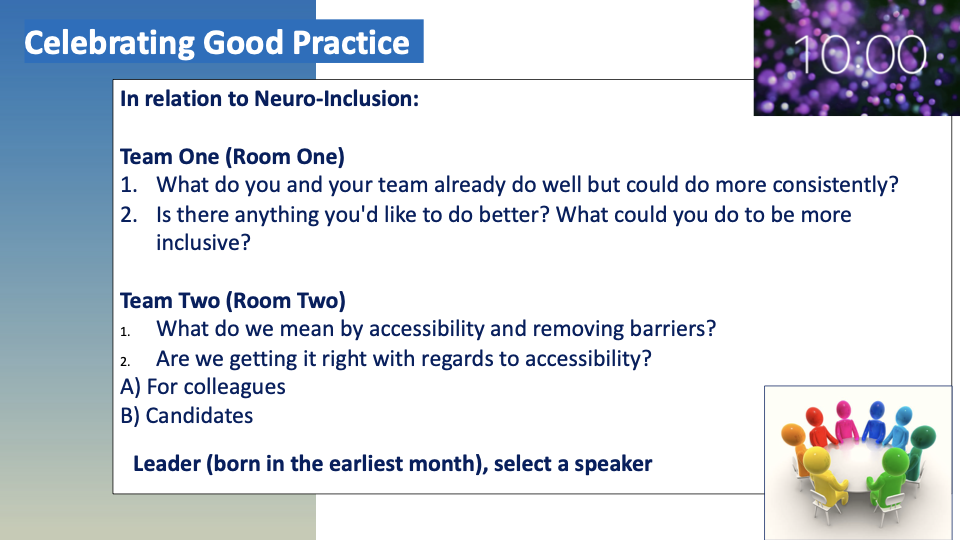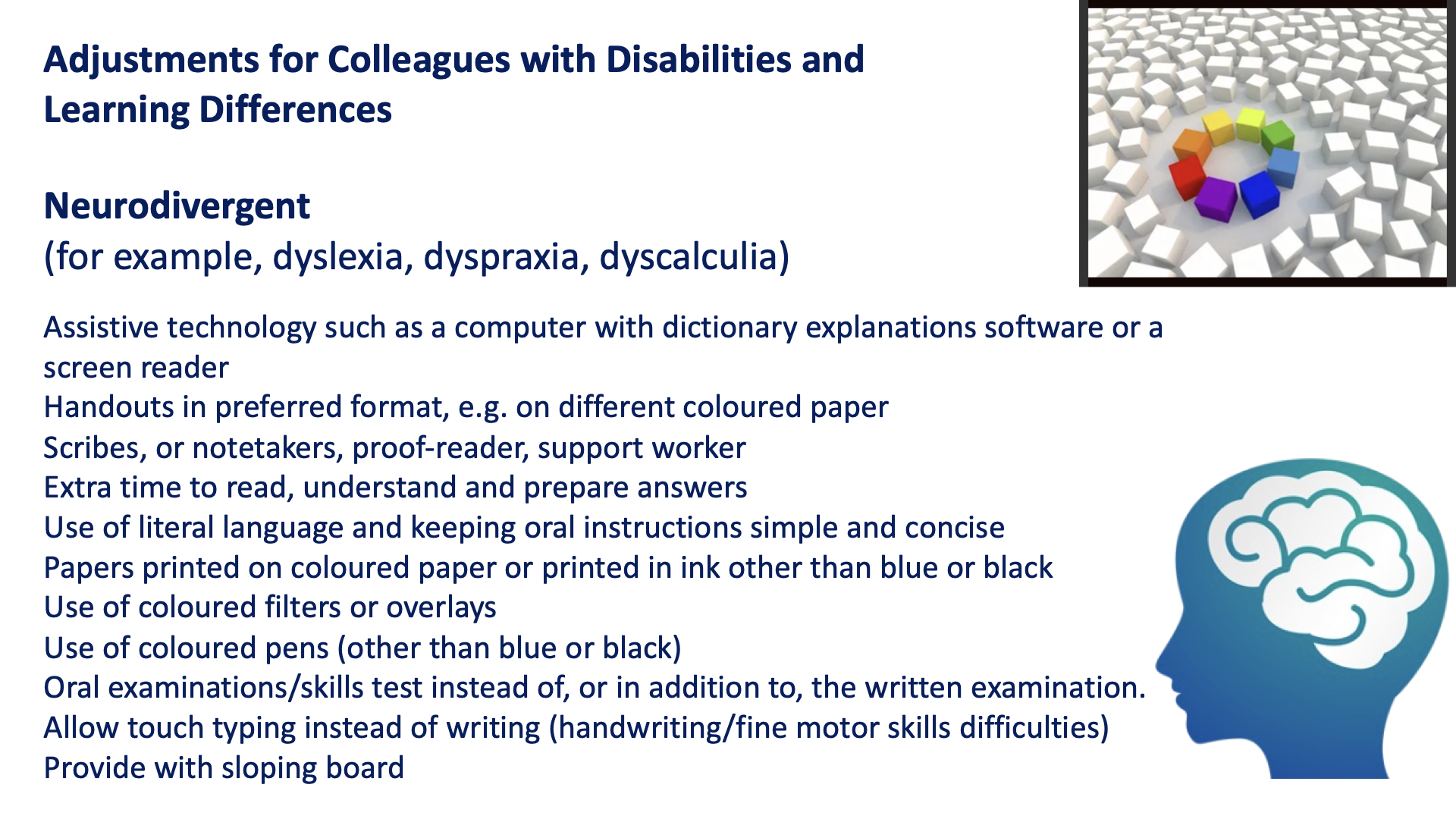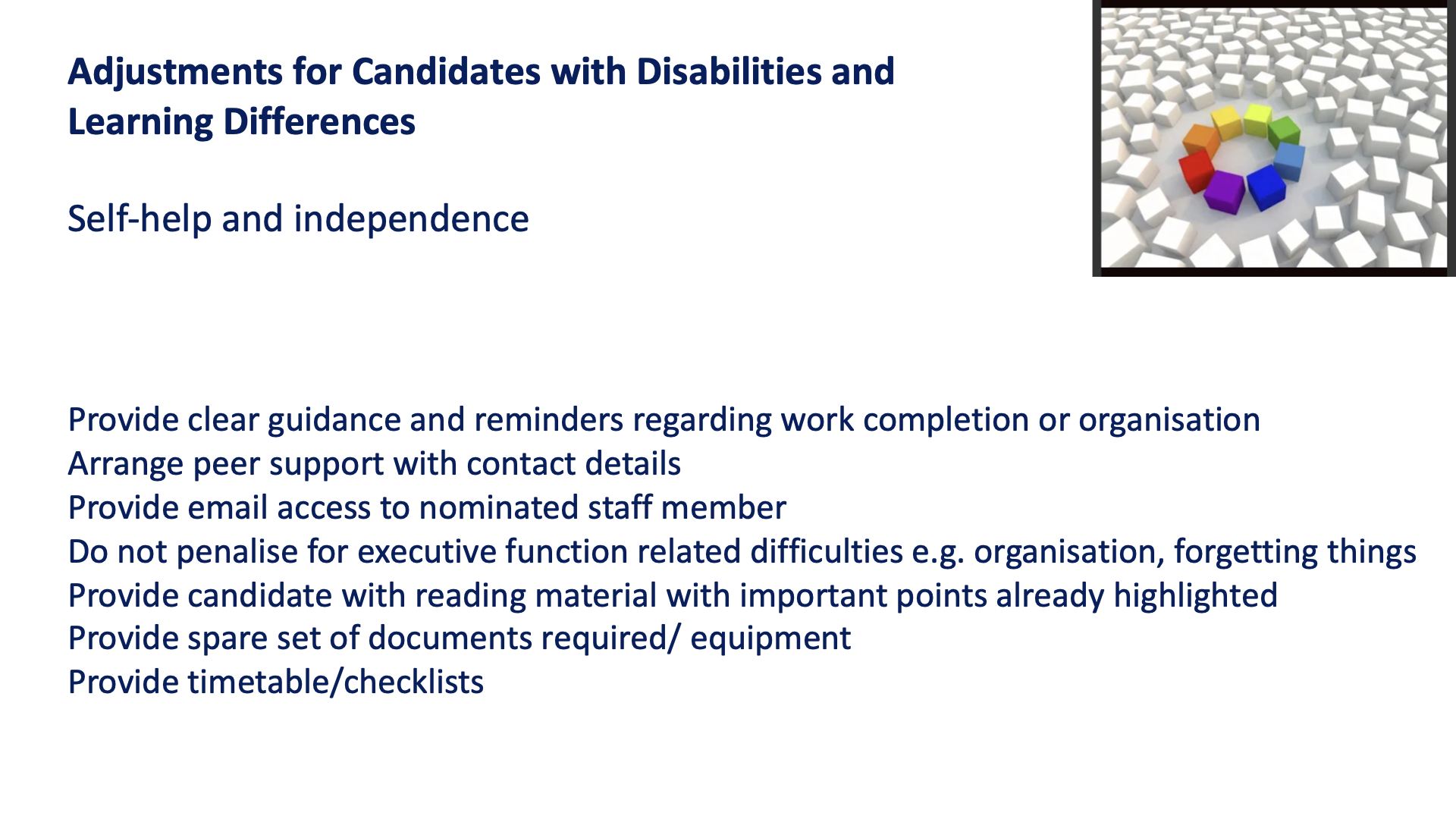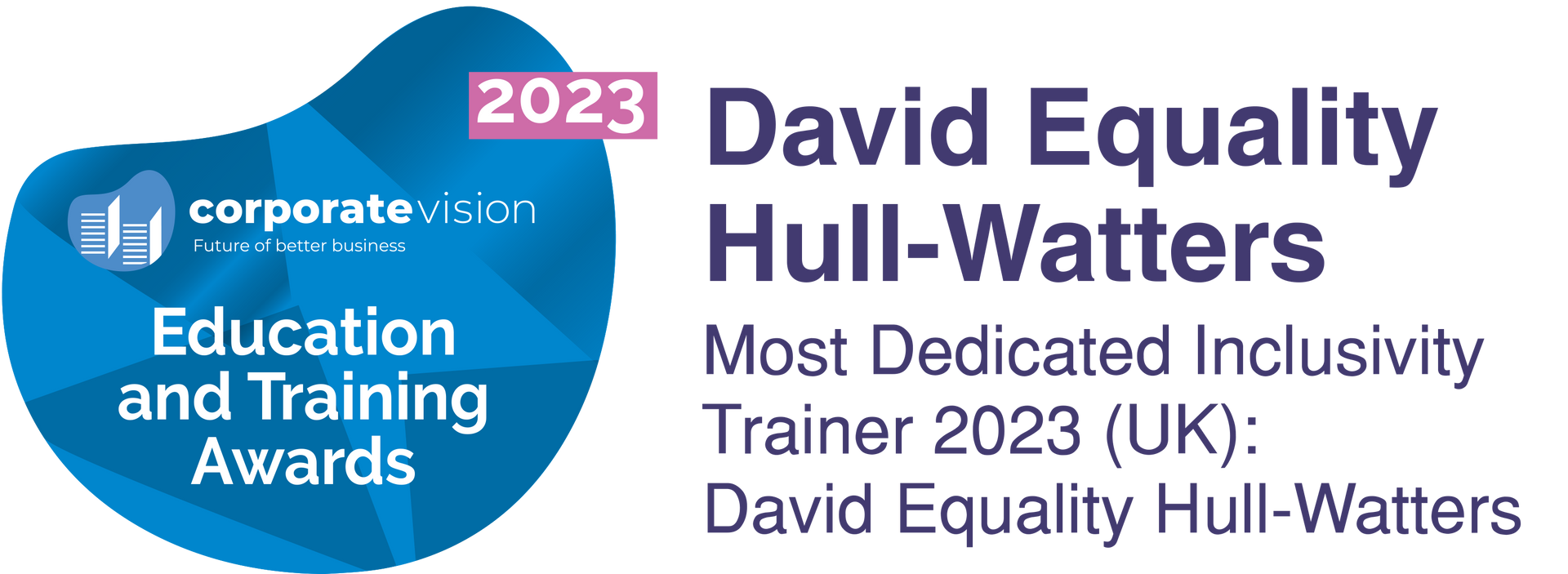Supporting Every Ability:
Neurodiversity Awareness (WMRSASC) Activities
- All breakout activities for today can be found on this page.
- Please keep the tab open for ease.
- Scroll to each new activity when the time comes.
- Please make sure that all voices are heard and select a speaker, when required, to share a summary of what has been discussed.
Breakout Activity One:
Reflect and Discuss - Celebrating Good Practice
Neuro-Inclusion
Instructions
• Your leader for this activity will be the person who was born in the earliest month of the year
• Your leader will select a speaker for the team, who will share a brief summary of what was discussed. If you prefer not to speak, choose another colleague
• Your Leader will guide you through the questions below.
• Make sure that all voices are heard - consciously include all members of the team!
In relation to Neuro-Inclusion:
Team One (Room One)
- What do you and your team already do well but could do more consistently?
2. Is there anything you'd like to do better? What could you do to be more inclusive?
Team Two (Room Two)
- What do we mean by accessibility and removing barriers?
2. Are we getting it right with regards to accessibility?
A) For colleagues
B) Candidates

Breakout Activity Two:
Receptive/Expressive Communication Activity
Instructions
- The person whose name is last alphabetically will be the leader of this activity.
2. Your leader will decide who will be Speaker A and who will be Speaker B.
3. Your leader will guide you through each part of the activity below:
PART ONE
In a moment, SPEAKER A is going to talk for one minute about their weekend and SPEAKER B is just going to listen.
OK – off you go [1 minute].
And stop!
How did that feel? Easy? Good!
PART TWO
Now, SPEAKER B is going to talk about their weekend for one minute. BUT they are not allowed to use any words containing the letter ‘e’.
Ready? Off you go! [1 minute].
And stop!
How did that feel?
Were you able to speak as fluently as your partner?
How did that make you feel?
SPEAKER A - how did it feel listening as your partner was struggling to put their thoughts into words? Frustrating? Annoying?
Discuss:
What was the purpose of this exercise?
How might it relate to your role?

Breakout Activity Three: Staff Case Studies
Instructions
Case Study One (Room One)
Case Study Two (Room Two)
Case Study Three (Room Three)
Case Study Four (Room Four)
Your
Leader
will be the person
born latest in the year.
The Leader will guide you through the activity, ensuring all voices are heard.
- Discuss assigned Case Study and
2. Consider the related Discussion Prompts
3. Suggest Practical Tips for the Manager
4. Select a speaker to share with wider group
Some helpful links to assist with this activity:
ACAS information on Reasonable Adjustments
Case Studies
Case Study 1: James/Independent Sexual Violence Advisor (ISVA)/ADHD
James is an ISVA, supporting survivors through the criminal justice process. He has a flair for building rapport quickly and is often described as energetic and motivating. He thrives when juggling multiple cases and is particularly skilled at responding rapidly to clients in crisis. His enthusiasm and quick thinking often help clients feel reassured and supported.
However, James finds long case review meetings difficult to focus on and can become distracted by side conversations or notifications. He sometimes underestimates the time required to complete formal case notes, leading to backlogs in record-keeping. While his client advocacy is strong, his written documentation can be patchy.
Strengths:
• Builds quick, trusting relationships with survivors.
• Strong in crisis situations, able to think and act fast.
• Motivates and reassures clients and colleagues.
Challenges:
• Difficulty sustaining attention in long meetings.
• Underestimates time needed for detailed case notes.
• Incomplete documentation at times.
Discussion Questions:
1. What adjustments could you make to case review meetings to better support someone like James?
2. How might you balance recognising James’ crisis skills with the need for accurate record-keeping?
3. What tools or systems could WMRSASC introduce to help staff manage time more effectively?
Practical Tips for the Manager might be...
Case Study 2: Priya/Helpline & Support Worker/Autism
Priya has worked on the helpline for two years. She is highly reliable, precise with record-keeping, and consistently accurate in logging calls and referrals. Survivors appreciate her calm and respectful manner, and her written case notes are among the most thorough in the team.
Priya finds unstructured conversations more challenging, particularly when survivors raise unexpected issues outside of the core helpline script. She becomes visibly anxious during team meetings where discussions drift off-topic. She prefers taking breaks alone, which colleagues sometimes misinterpret as being unfriendly. Last-minute rota changes or being asked to cover shifts without notice are particularly stressful.
Strengths:
• Accurate, detail-focused, and consistent.
• Calm and polite in survivor interactions.
• Strong adherence to policies and processes.
Challenges:
• Difficulty with ambiguous or unexpected questions.
• Anxiety in unstructured team meetings.
• Limited social interaction with colleagues.
Discussion Questions:
1. How could you reduce Priya’s anxiety in unstructured meetings while still including her?
2. What assumptions might colleagues make about Priya’s behaviour, and how could you challenge these?
3. How can team-building activities be designed to be more inclusive?
Practical Tips for the Manager might be...
Case Study 3: Ahmed/Finance & Admin Officer/Dyslexia
Ahmed works in finance and administration, supporting the organisation with payroll, reporting, and invoicing. He is a strategic thinker, often identifying patterns and inconsistencies in budgets that others miss. His verbal explanations of financial processes are strong and well received at trustee meetings, where he communicates complex issues clearly.
Written tasks, however, are more challenging. Spelling and grammar errors in reports sometimes undermine the professionalism of his work. He hesitates to volunteer for written tasks, worried colleagues will judge him. He often works longer hours to check and re-check his written work.
Strengths:
• Strong strategic vision and verbal communicator.
• Skilled at spotting financial patterns and risks.
• Confident and engaging in presentations.
Challenges:
• Spelling and grammar errors in written work.
• Anxiety around colleagues’ perceptions.
• Longer working hours to compensate.
Discussion Questions:
1. How could technology help Ahmed contribute fully to the finance and admin team?
2. What practical steps could you take to reduce Ahmed’s workload pressure?
3. How can you ensure his strengths are highlighted, not overshadowed by written challenges?
Practical Tips for the Manager might be...
Case Study 4: Sarah/Counselling Coordinator/Tourette Syndrome
Sarah coordinates a team of counsellors across the service. She is skilled at scheduling, managing referrals, and ensuring survivors are matched with appropriate support. Her approachable style and strong leadership mean she is well respected by colleagues and external partners.
Sarah also experiences motor and vocal tics, which sometimes occur during team meetings or when liaising with external agencies. While most colleagues are supportive, she feels self-conscious and worries about being judged, particularly in front of partners. Occasionally, stakeholders ask about her tics, which can leave her feeling exposed.
Strengths:
• Excellent leadership and coordination skills.
• Approachable and supportive manager.
• Ensures smooth delivery of services.
Challenges:
• Visible tics may draw attention during meetings.
• Anxiety about reactions from others.
• Fatigue from self-monitoring behaviour.
Discussion Questions:
1. How can you create an environment where Sarah feels confident leading meetings?
2. What role could awareness training play in reducing stigma?
3. How can managers ensure staff are judged on performance rather than visible behaviours?
Practical Tips for the Manager might be...
Please scroll below these Case Studies to find further guidance and examples of Adjustments.




Additional Breakout Activity:
The Employee Lifecycle from an HR perspective
• Recruiting & Interview (Room 1)
• Performance Management (Room 2)
• Career Development (Room 3)
With a neuro-inclusive approach:
Discuss ways to enhance the experience of underrepresented candidates/colleagues and give an examples of what good looks like.
What would an inclusive leader do to demonstrate fair and equitable treatment of neurodivergent staff?
This might be something that you’ve experienced or something that you yourself do.
• Recruiting & Interview (Room 1)
• Performance Management (Room 2)
• Career Development (Room 3)

















